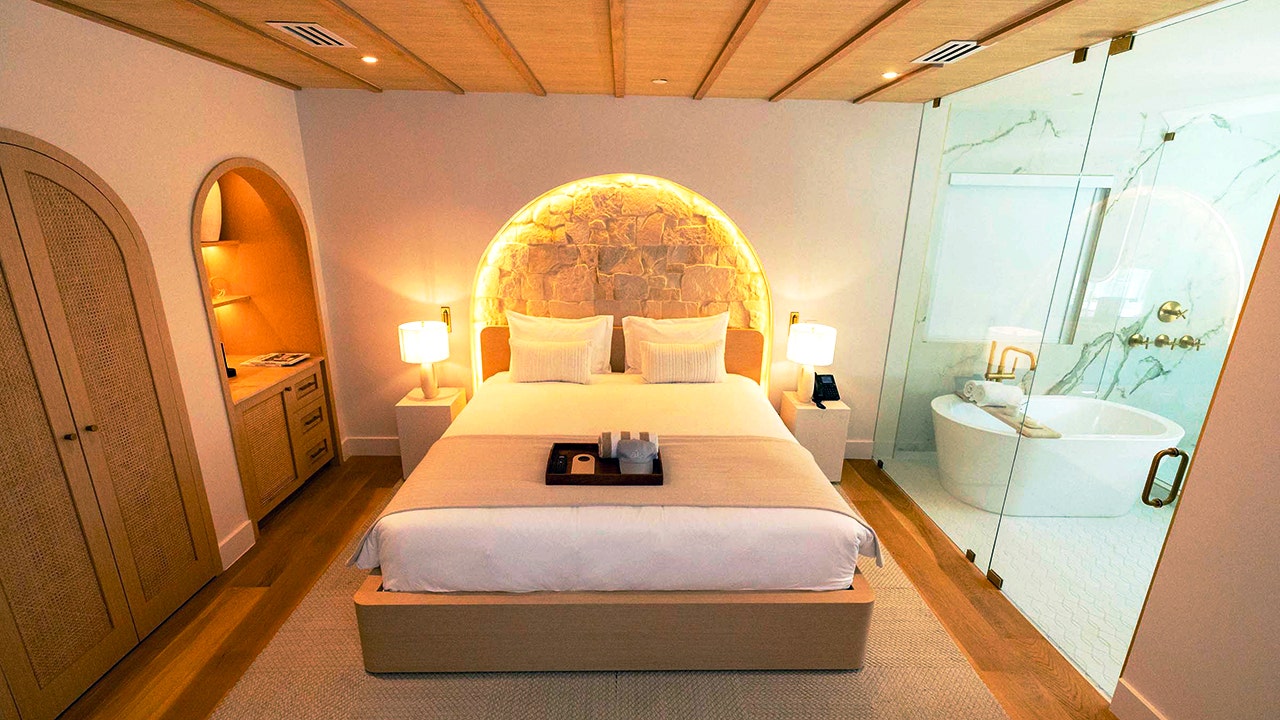SALTZMAN: How to shop for a student computer in 2024
A new school year is upon us – cue the rolling eyes, students – and so you might be in the market for a new computer.
Article content
Arguably, it’s the most important piece of tech to help you stay on your game.
Problem is, how do you decide what kind of computer is for you?
Not only are there varying prices, competing operating systems, and countless brands to choose from, but a student – or the parent of one flipping the bill – must decide on an ideal form factor, such as a laptop, desktop, 2-in-1, or all-in-one.
And you might think you need a degree in computer science just to understand today’s specifications (specs). You know, gigahertz this, megapixel that, terabyte this. Sigh.
Well, if you need a little help to whittle down your choices, here are a few considerations to help you decide what’s best for you and your budget.
Advertisement 3
Article content
STEP 1: Assess your needs
How you plan on using your new computer should dictate what kind to buy.
If you only need a computer for light school tasks – word processing, spreadsheets, web browsing, and reading email – then you could go with modest specs, which should have a modest price, too.
On the other end of the spectrum, if you’re looking for a machine that can handle more demanding tasks – creating animation, video production and playing computer games after class – then you’ll need to invest in a faster processor (CPU), better graphics (GPU), and more RAM (system memory).
I like to say purchasing a computer should be like buying kids clothes: go a little bigger than you need today, so you can grow into it for longer-term savings. Avoid buyer’s remorse by choosing something underpowered only to replace it a year from now.
Article content
Advertisement 4
Article content
When it comes to storage, many laptops today have a solid-state drive (SSD) instead of a hard disk drive (HDD), making these laptops faster, thinner, lighter, quieter and more energy-efficient (which translates to better battery life). Like the flash memory in your smartphone, SSDs are also less prone to damage because there are no moving parts.
Stick with a brand you’ve had a good experience with, or those your friends and family highly recommend (and critics, too).

STEP 2: Choose an operating system
When it comes to buying a new computer, you’ve got three main operating system (OS) choices today: Windows, Mac and the Linux-based Chrome OS, which powers Chromebooks.
Stick with the operating system you’re most comfortable with. If you’re not sure, or feel like a change, know that each OS has its advantages.
Advertisement 5
Article content
My subjective take on all three:
Microsoft’s Windows 11 is the most popular choice today. It’s offered by many computer brands – like HP, Dell, ASUS, Lenovo, Acer, Samsung, LG, MSi, Microsoft Surface, and so on.
Windows is versatile, easy to use, and works with the most software and hardware out of any operating system. It offers multiple ways to interface with your content, whether it’s a keyboard, trackpad, mouse or your voice; fingertips on a touchscreen with many models; or using a stylus pen on a screen for greater precision (often called “digital inking”). You can take advantage of the built-in CoPilot AI (artificial intelligence) assistant – similar to the popular ChatGPT – to get more done in less time.
There is also a ton of choice when it comes to form factor, which I’ll cover in the next section. Windows devices start at about $229, but most are between $700 and $1000. Gaming PCs are usually a lot more, because of the extra horsepower.
Advertisement 6
Article content

Apple’s Mac family is also a popular pick. Since Apple is the only one that manufacturers Macs – like the MacBook Air, MacBook Pro, Mac mini and iMac desktops – there is great quality control and they’re built with premium materials. Macs tend to last a long time, but be aware Macs cost more compared to Windows and Chromebooks with comparable specs.
MacBook Air starts at $1299 (M2 chip) or from $1449 (M3 chip) but there is “education pricing,” such as getting a $200 gift card on eligible purchases. MacBook Pro starts at $1,969 before any education pricing. A colourful iMac starts at $1,629.
Some users find them easier to use than other operating systems, though that boils down to personal preference. Those who own an iPhone or iPad will find Macs work seamlessly with them, with features like AirDrop, iCloud sync and Handoff (start answering an email on your iPhone, then finish it in on your Mac, for example). Apple bundles many of its top apps for free, which is great, including Pages, Numbers, Keynote, GarageBand, and iMovie.
Advertisement 7
Article content

There are no touchscreen Macs; you’d have to buy an iPad and external keyboard for that.
At about $199 to start, Chromebooks are generally more affordable than Windows and Macs, but they usually lack power. Still, they may be ideal for younger students and cost-conscious parents. Chromebooks usually ship with popular Google apps already preinstalled, such as Gmail and Google Maps, and work great with school platforms like Google Classroom.
Chromebooks often have very little local storage, too, but most Google apps are cloud-based, so it might not matter to you so much.
Chrome OS is billed as a lean, secure, and fast operating system, designed for mostly basic tasks. They often charge up quickly and have long battery life.
Advertisement 8
Article content

STEP 3: Decide on a form factor
Finally, you’ll need to figure out what kind of computer to buy. Many of the new laptops are incredibly thin and light, and easy to tote to and from school, or to move around with at home.
Many Windows-based laptops are “2-in-1s” and can transform from a laptop to a tablet; some are called “convertibles” as they switch from laptop to tablet by simply folding back the screen on a 360-degree hinge.
While laptops are preferred because they’re portable, stationary desktop computers might be more ideal for younger kids. Placing them in a visible area at home helps parents keep an eye on where the young ones are going online. Desktops are usually less expensive than laptops and harder to break since they’re less mobile. A desktop computer’s external keyboard and mouse may also be easier and comfortable, and ergonomic, for smaller hands.
Many of today’s desktops are “all-in-ones” (the computer is built into the back of the large monitor), with no tower to take up additional space or a mess of cables.
– Marc Saltzman is the host of the Tech It Out podcast and the author of the upcoming book, Apple Vision Pro For Dummies (Wiley)
Article content




